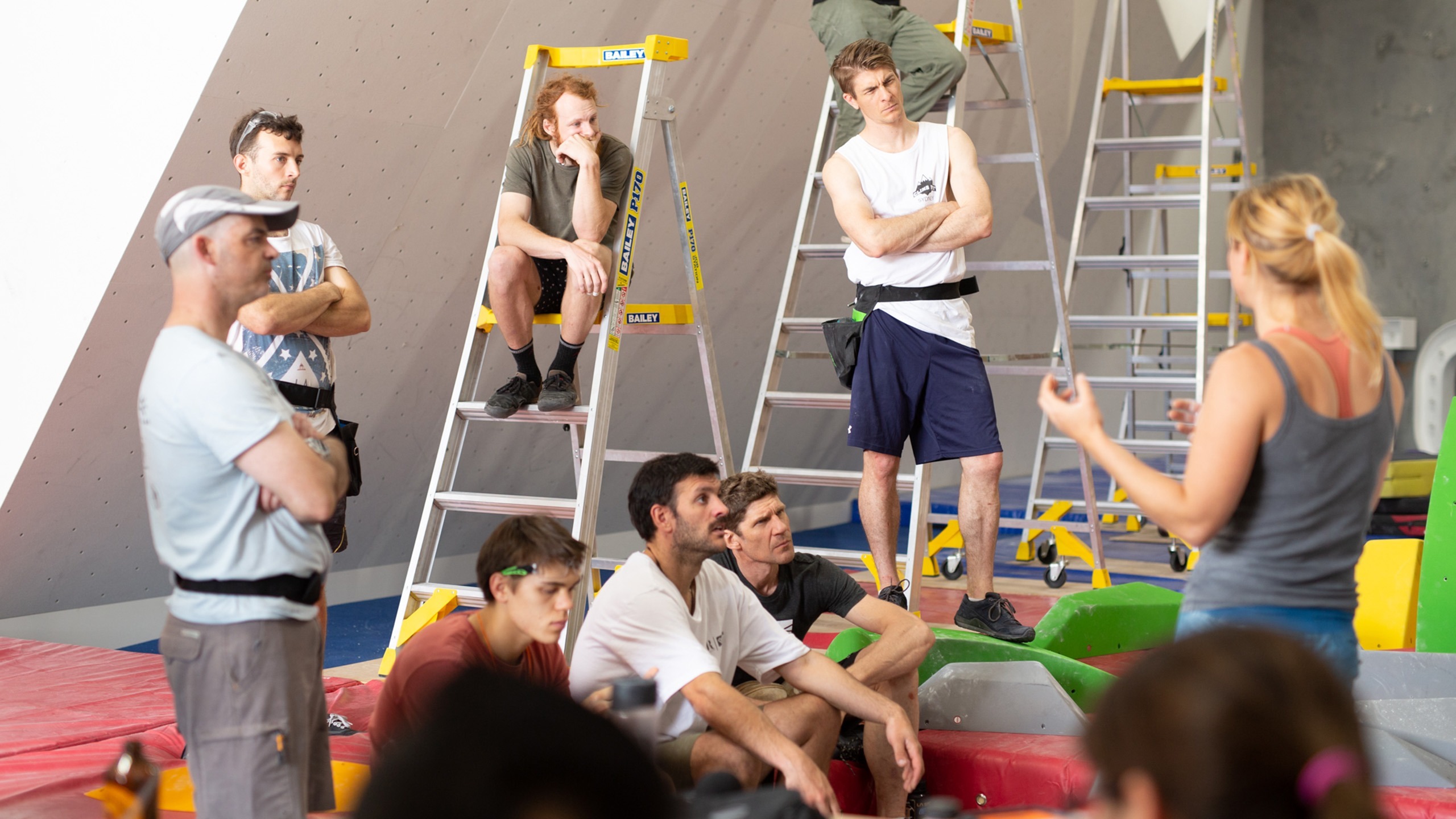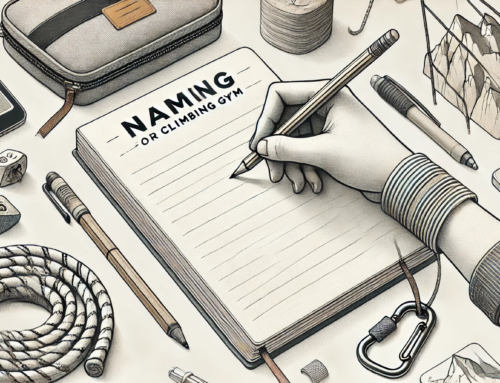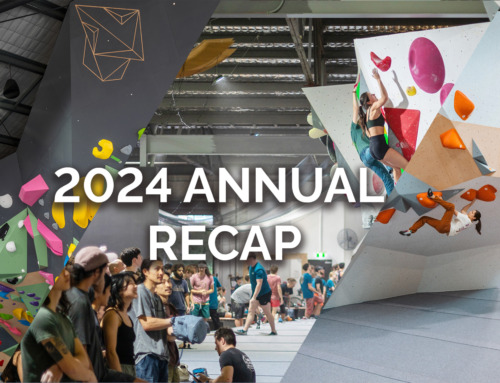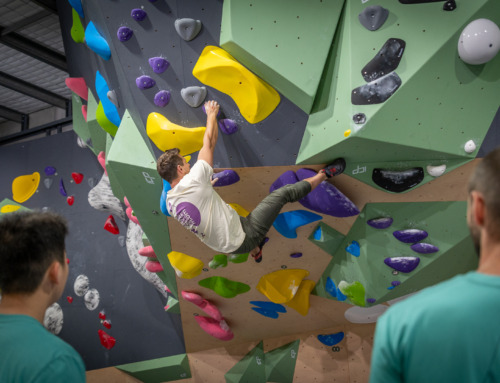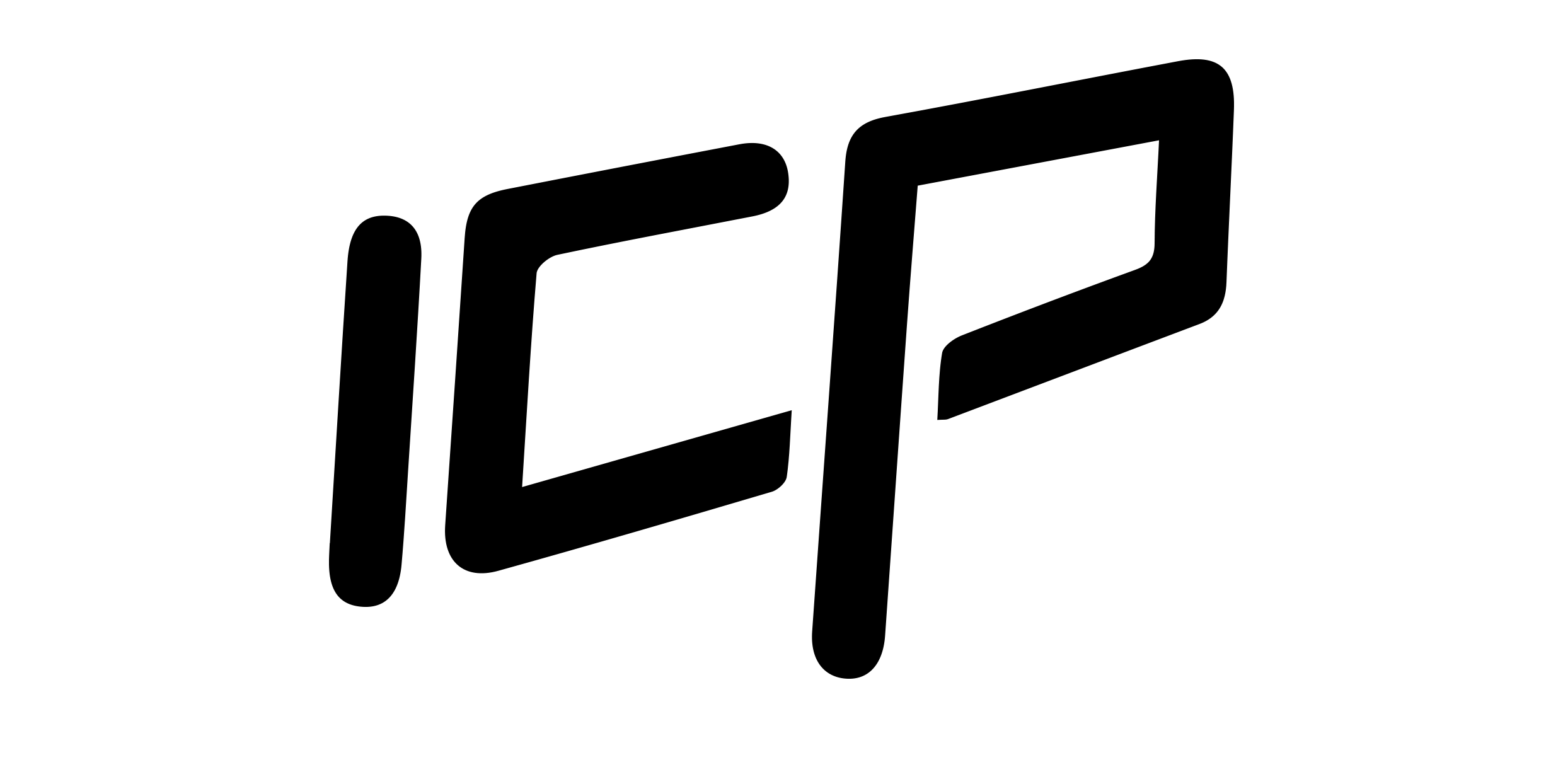The world of climbing is rich with information. In routesetting, where time pressure and subjectivity are high and physical limits are tested, information needs to flow smoothly to ensure a positive result.
Imagine listening to someone share in intimate detail their current project. Every climber has been here: Following along with every hand and foot sequence, the shape of every hold, the way each move feels, all described with great haste and enthusiasm. Meanwhile you lost track of it all five seconds in. Miscommunication here between climbers only results in glazed-over eyes and maybe a little wasted time.
In a professional environment, poorly relayed information has much larger implications. At the very least, you are looking at a less efficient team with higher fatigue and lower potential. Setters need to communicate precisely while also navigating subjective experience and remain sensitive to other’s creative efforts. A balancing act that still must be tackled in an efficient and timely manner, it pays well to be intentional and strategic in how one approaches communicating with their team.
Clarity
When discussing the beta of climb with another routesetter, generally you will consider:
- The holds. It is incredibly common to already have a disconnect at this stage, even when the holds are visible.
- The movement. You need to prompt a visualization in the other person: Where two hands and two feet go is easy, but add in body position, momentum, intensity, friction, fingers, pacing… Just to name a few.
- Other factors: safety, fairness, emotions, styles, comparisons, wall features.
A simple beta talk, even with the climb on display is dense with information and being able to quickly and concisely share feedback and ideas is a technical skill.
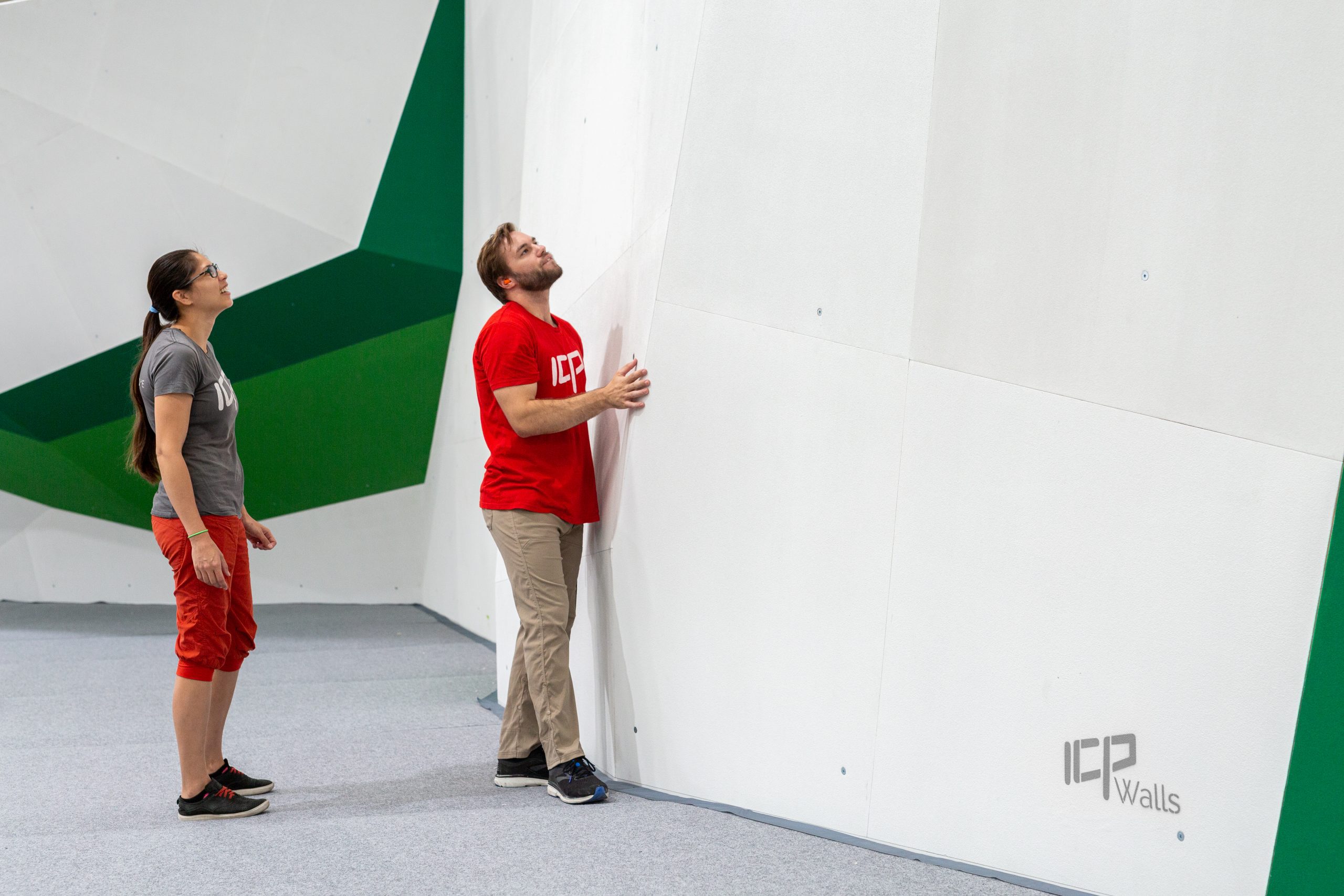
Objectivity
Personal experiences are subjective. Every climber is different, and no one climb will feel the same to anyone else as it does to you. Part of a setter’s job is to close that gap as much as possible. While exceptions do exist, generally the goal is to create an experience that is largely consistent and fair among customers.
Information received always differs from that which is given. What is heard is often not the same as what is said. This is due to:
- One’s understanding of a concept may differ to yours.
- Their ability to interpret the information may differ
- The motivations, emotions and perspectives are almost certainly different.
- Distractions are often present, as are other contrasting options
In a routesetting context, all of this means no two people on the team will have the exact same personal or professional view of an idea. Given this, instructions and feedback must be well defined to achieve a universally satisfying outcome.
Creativity vs Productivity
Both are important, both rely on each other. But in the end if you aren’t productive, you will lose your job way before you are fired for poor creativity. Sharing ideas during a set day is often a fast paced and dynamic endeavour and where many teams and businesses would benefit vastly from standardizing their approach.
Too much information shared too quickly, or not enough consideration for each shared idea is commonplace in the routesetting world resulting in setters feeling unheard, learning opportunities being missed, the loudest voices rising to the top and final products falling short of their potential. “Too many cooks in the kitchen” is a widely used yet seldom heeded expression.
Having a Way with Words
Being a strong communicator is a universally valuable skill. Any team of setters can supercharge their performance and job satisfaction by considering different tools and methods of communication and finding what works best for them. The following are some examples of communication tools and methods that may improve your setting team’s results:
- Expanding jargon and knowledge of product names
- Use visual aids such as whiteboards, laser pointers, smartphones, even doing the beta dance
- Refining procedures around feedback and idea generation
- One powerful example is rostering time to observe climbers together as a team during busy periods in the gym
- Defining keywords, prompts, and ways to filter information
- Regular team meetings
- Don’t be afraid to make up new words where there are none that can do the job well. Combine existing words to create linguistic shorthand.
Tinkering with the rules of language is the way of pioneers in any field. Consider the word “routesetting”. A well-debated topic over the years: Should it be two words or one? There is merit in both but at the end of day combining them creates something new (and further legitimizes our craft). One thing that is certain is zooming out and periodically reflecting together as a team is imperative to optimizing performance.
